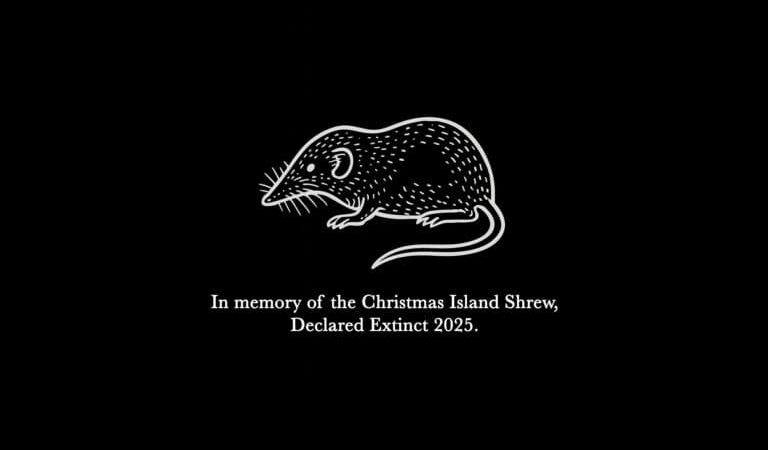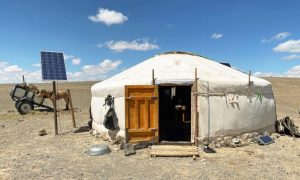It never weighed more than a spoonful of sugar. Five or six grams of life, soft-furred and sharp-nosed, darting among the roots and leaf litter of a tiny island in the Indian Ocean. At night, its voice—a thin, high cry, part bat and part whisper—once filled the forest of Christmas Island. Now the forest is silent. Australia’s only shrew, Crocidura trichura, has been declared extinct. Few knew it lived, fewer still that it was Australian. The shrew was a stranger in a land of pouched mammals, a migrant that arrived tens of thousands of years ago, likely clinging to a raft of vegetation from what is now Indonesia. On this isolated outpost, it built a quiet lineage of survivors. When British naturalists arrived in the 1890s, they found the forest alive with its shrill chatter. “Extremely common,” they wrote. And then, almost at once, it vanished. The black rats came first, stowaways in bales of hay. With them came a parasite, Trypanosoma lewisi, that swept through the island’s naïve mammals like a plague. Within years, both native rats were gone. By 1908, the shrew was presumed lost too. Its name lingered only in museum drawers and in the footnotes of field reports. Yet it was not quite gone. Half a century later, in 1958, two shrews appeared as bulldozers tore into the forest for phosphate mining. They were seen, released, and forgotten. Then, in 1984, came a miracle: a live female, found in a clump of fern by biologists clearing a path.…This article was originally published on Mongabay
In memory of the Christmas Island shrew





